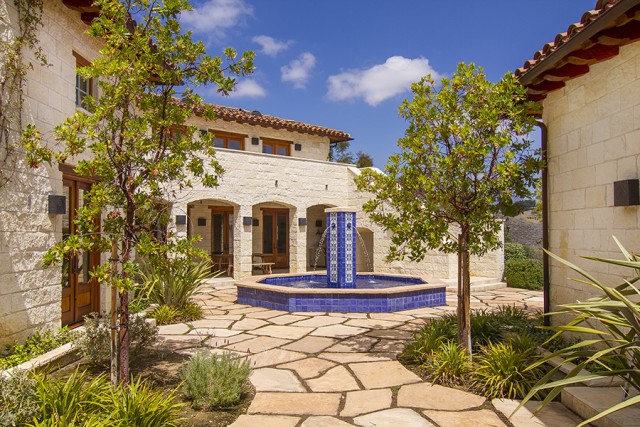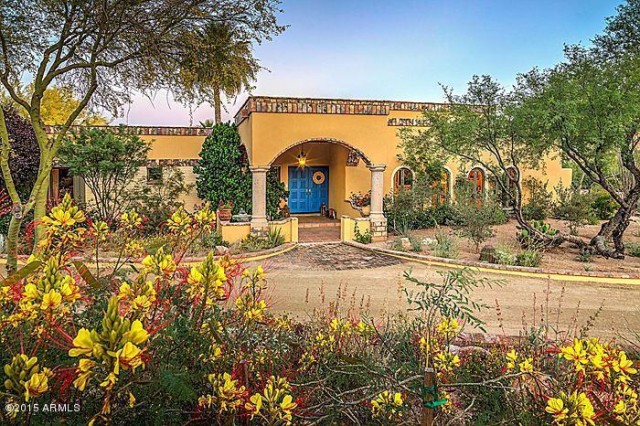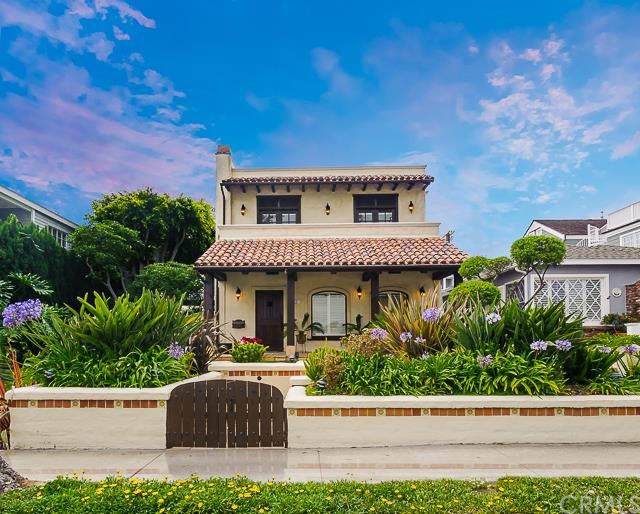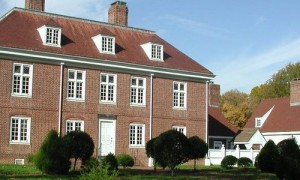Brought to you by Andersen Windows
A home’s style is made up of so much more than just colors and materials. For instance, the Spanish Colonial home style has a history and personality of its own.
Spanish Colonial style architecture is an expression of the Spanish exploration of the Americas. This style first became popular beginning about 1915 in California and Florida as a result of the Panama Canal opening and the Spanish Colonial style buildings exhibited at the 1915 Panama-California Exposition in San Diego. The style originally spread to New Mexico, southern Arizona and Texas. Today, Spanish Colonial Revival style homes are found in most parts of the United States.

While it shares a resemblance with the Mission Revival style, Spanish Colonial style architecture is often more decorative and borrows design elements from Spain. However, its style influences can be quite varied and include Moorish, Renaissance, medieval Spanish, Byzantine and Spanish baroque. Thick walls and deep, shaded loggias proved to be an ideal response to the arid climate of the southwestern United States.

This influence is noted among the various style elements found in the Spanish Colonial style including:
• Light-colored stucco exterior walls and chimney finishes
• Low-pitched red Mission or Spanish tile roofs with little or no overhanging eaves
• Recessed doors and windows on the exterior
• Tall, narrow windows with rectangular grilles
• One or more arched entrance doors or principal windows
• Wrought iron grillwork for windows, doors and balconies

With a broad base of sources, this particular style provides great flexibility in creating harmony between the exterior image, interior space, decorative elements and function — all while creating a statement that is deeply rooted not only in Spain, but also in the history of the Americas.
Learn more about the Spanish Colonial style at Andersen Windows’ online Home Style Library, or visit other home style profiles like the Prairie style, Tudor, and Craftsman Bungalow.






